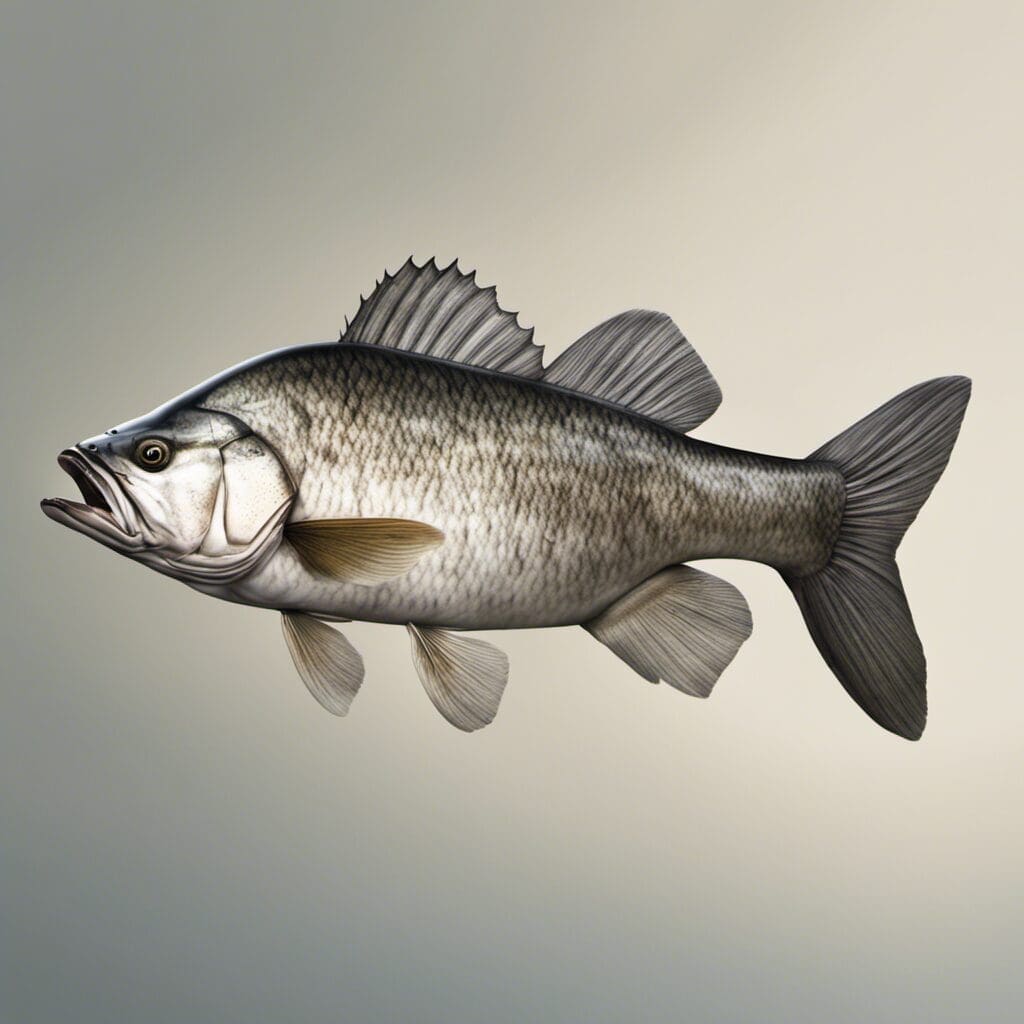Introduction
The Barramundi, known scientifically as Lates calcarifer, is a species of fish belonging to the family Latidae.
Conservation Status
As per the International Union for Conservation of Nature (IUCN), the Barramundi is currently classified as of Least Concern. Despite this, ongoing conservation efforts remain in place to ensure healthy populations, including regulation of commercial and recreational fishing.
Statistics
The average length of the Barramundi ranges from 0.6 to 1.2 meters, and they typically weigh between 5 to 60 kg. Their average lifespan is 20 years in the wild. As yet, there are no other noteworthy statistics.
| Length (Average) | 0.6 – 1.2 meters |
|---|---|
| Weight (Average) | 5 – 60 kg |
| Average Lifespan | 20 years |
Distribution
Barramundi thrive in the Indo-West Pacific region and are commonly found in countries like Australia, India, and Southeast Asia. They are known to be a catadromous species, meaning they migrate from fresh waters to the sea to spawn.
Habitats
Barramundi are capable of surviving in a variety of water types, including fresh, brackish, and marine environments. They are typically found in shallow depths and prefer warm water temperatures.
When and Where to See
Due to their migratory patterns, the Barramundi are usually seen moving towards the sea around the beginning of the rainy season. They are active throughout the day but are most active at dawn and dusk.
Best Fishing Locations
Some of the best Barramundi fishing locations include:
- Kimberley, Australia
- Arafura Sea, Australia
- Bass Strait, Australia
- South China Sea
- Andaman Sea
…
To locate Barramundi, look out for estuaries and billabongs where they often dwell.
How to Catch
Live baits like prawn and squid are often used to catch Barramundi. Popular fishing techniques include bottom fishing and trolling. The best time to fish is during the early morning or late afternoon.
Identification Guide
Barramundi are recognized for their silver scales, large mouth, and a dorsal fin that stretches almost the entire length of their body. They are often confused with the Asian Sea Bass due to their similar appearance.
Culinary
Barramundi is known for its mild flavor and firm texture. It is a low-fat source of protein and is commonly used in a variety of dishes, from grilling to frying. A popular recipe is the pan-seared barramundi with a lemon caper sauce.
Additional Information
The Barramundi is an aggressive feeder and its diet includes smaller fish and crustaceans. The major predators of the Barramundi include sharks, larger barramundi, and crocodiles. The Barramundi holds cultural significance to the Aboriginal people of Australia, who associate it with dreaming stories.
References and Further Reading
For those interested in learning more about the Barramundi:
- Britannica - Barramundi
- NOAA Fisheries – Barramundi
- Australian Barramundi Growers Association
…

